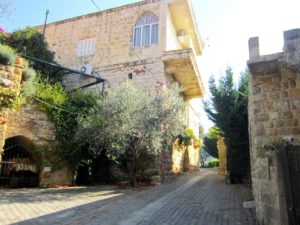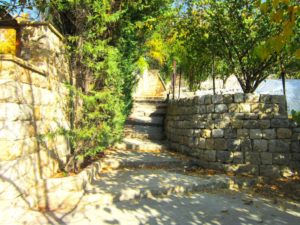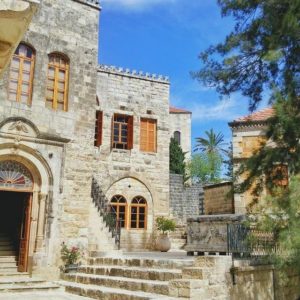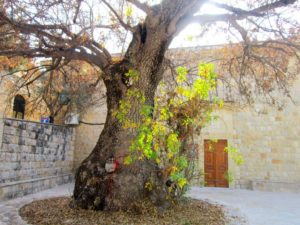CAZA:
Shouf 850m
850m Etymology:
Arabic origin meaning "the chosen" or Syriac, "Mkhtar", meaning "the persistent"Mokhtara was since the 17th century the stronghold of the Jumblatt family. This important historical Chouf village has preserved many traditional-style mansions, including the prestigious residence of Druze leader Walid Jumblatt, commonly known as Dar-el-Mokhtara. The village is characterized by a myriad of small streets, charming staircases and flowery gardens separating stone houses, amid a dense and varied vegetation. In the valley of the village, the two rivers Barouk and Wadi el-Maa meet in a stunning place called Birket el-Arous or the bride’s pond.
Must-do things
- The Jumblatt Palace dating from the 17th century
- The newly restored water mill at the foot of the palace, on the main road of the village
- The druze Makam dating from 1700
- Stone houses and small cobbled lanes in the center of the historic village
- The water mills and bridges in the valley, dating from the 16th century
- The two Saydeh churches
- The olive terraces at the foot of the village
- The well preserved nature all around the village, stretching from Botmeh to Ain Qeni and Jdeidet el-Shouf
- The waterfalls of the source Nabaa Merched
- The pond of Berket el-Arouss and Bir-el Blat below the village
- The reading and cultural activity center
- The celebration of Al-Saydeh on the 15 of August, bringing people together on the church square around local plates and products
- The local culinary specialty: Manakish Kechek wa Harr (Lebanese patties with Kechek –cracked wheat, goat yogurt and chili), Man’ouche hamra (Lebanese patties with cheese, red pepper and ground walnuts)
- A hike in the fertile valley along the Barouk River leading to Nahr Bisri and passing many old bridges and mills
- A hike from Ain Merched in the valley of Wadi el-ma’ to Maasser el-Chouf
- The Shouf Cedars Nature Reserve, recognized by UNESCO in 2005 as a biosphere reserve
- Ain wa Zein grotto, 426 m deep, with its large rooms and spectacular vaults
- The garden of Kamal Joumblatt in Boqaata
- The labelled villages of Beiteddine, Deir el-Qamar, Baakline, Baadarane, Maaser el- Shouf and Ain Zhalta





